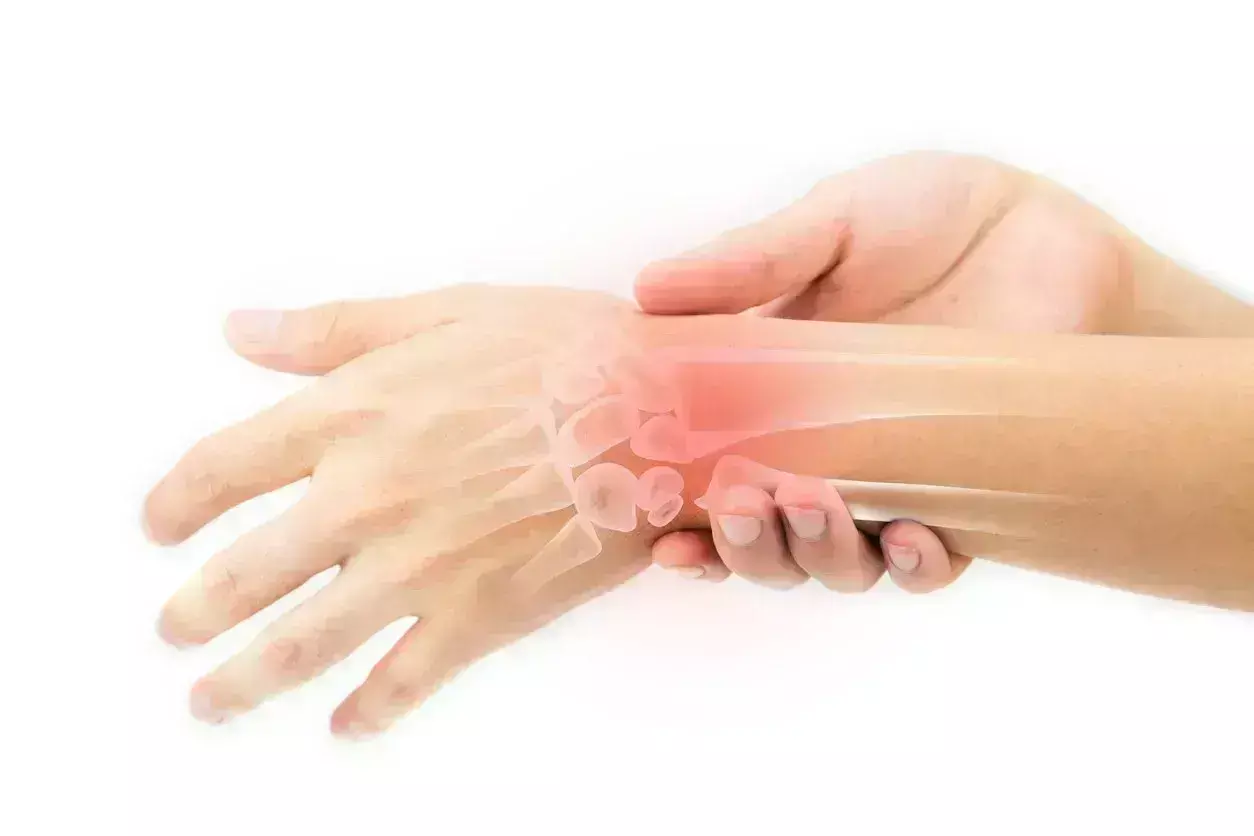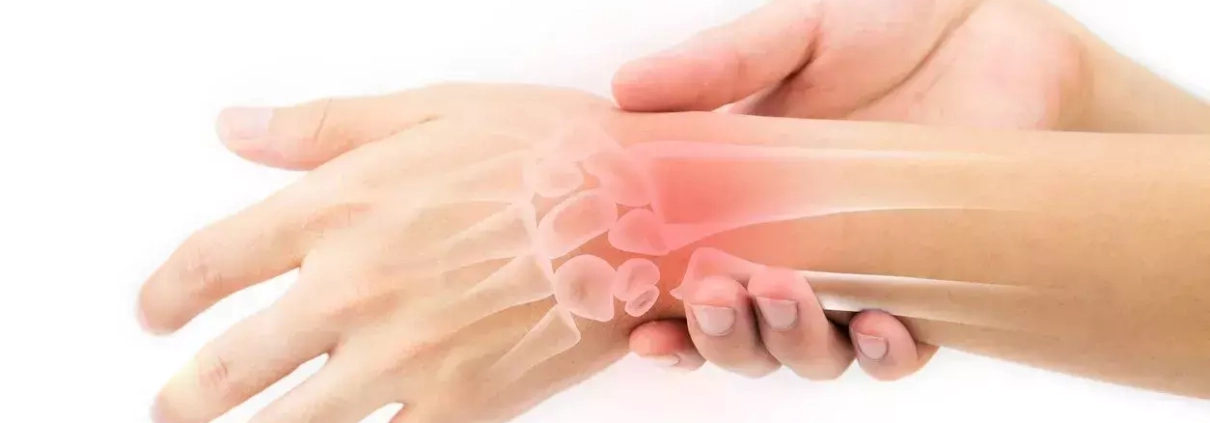Topology-optimized splints tied to better wrist functional outcomes than casting in treatment of distal end radius fractures: Study

Distal radius fractures (DRFs) are among the most common fracture injuries in emergency trauma departments. Treatments for DRFs comprise surgical and conservative approaches. The rise of 3-dimensional (3D) printing in orthopedics has led to bespoke splints with superior clinical efficacy, lightweight design, and better ventilation. These splints could reduce patient pain, lessen risks of joint stiffness, and hasten wrist recovery. Topology optimization from engineering is used to make orthotic devices lighter. It mathematically models optimal structures and materials, maximizing strength and minimizing material use. Despite advances, clinical studies on topology-optimized splints remain scarce. Recognizing this, Honghong Ma et al used topology optimization with 3D printing to develop a novel polyamide splint.
Honghong Ma et al conducted a study to assess the clinical efficacy and complication rates of topology-optimized splints in the treatment of distal radius fractures after closed manual reduction.
This 12-week, multicenter, open-label, analyst-blinded randomized clinical trial (comprising a 6-week intervention followed by a 6-week observational phase) included 110 participants with distal radius fractures. Statistical analysis was performed on an intention-to-treat basis.
Participants were randomly assigned to 2 groups: the intervention group received topology-optimized splint immobilization and the control group received cast immobilization after closed manual reduction for 6weeks. After this period, immobilization was removed, and wrist rehabilitation activities commenced. The primary outcome was the Gartland-Werley (G-W) wrist score at 6 weeks (where higher scores indicate more severe wrist dysfunction). Secondary outcomes encompassed radiographic parameters, visual analog scale scores, swelling degree grade, complication rates, and 3 dimensions of G-W wrist scores.
Key findings of the study were:
• A total of 110 patients (mean [SD] age, 64.1 [12.7] years; 89 women [81%]) enrolled in the clinical trial, and complete outcome measurements were obtained for 101 patients (92%).
• Median G-W scores at 6 weeks were 15 (IQR, 13-18) for the splint group and 17 (IQR, 13-18) for the cast group (mean difference, −2.0 [95% CI, −3.4 to −0.6]; P = .03), indicating a statistically significant advantage for the splint group.
• At 12 weeks, no clinically significant differences in G-W scores between the 2 groups were observed.
• Complication rates, including shoulder-elbow pain and dysfunction and skin irritation, were less common in the splint group (shoulder-elbow pain and dysfunction: risk ratio, 0.28 [95% CI, 0.08-0.93]; P = .03; skin irritation: risk ratio, 0.30 [95% CI, 0.10-0.89]; P = .02).
The authors concluded that – “Findings of this randomized clinical trial suggest that patients with distal radius fractures that were managed with topology-optimized splints had better wrist functional outcomes and fewer complications at 6 weeks compared with those who received casting, with no difference at week 12. Therefore, topology-optimized splints with improved performance have the potential to be an advisable approach in the management of distal radius fractures.”
Further reading:
Topology-Optimized Splints vs Casts for Distal Radius Fractures A Randomized Clinical Trial
Honghong Ma et al
JAMA Network Open. 2024;7(2):e2354359.
doi:10.1001/jamanetworkopen.2023.54359



